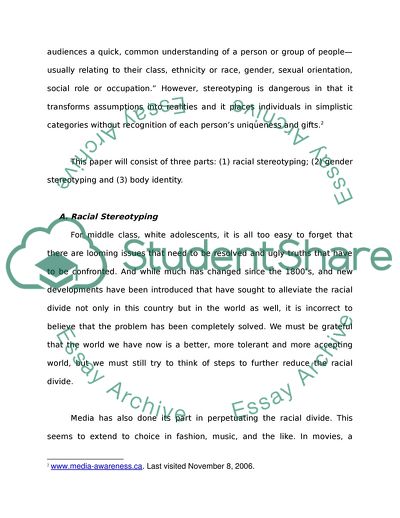Cite this document
(The Media and Adolescents Assignment Example | Topics and Well Written Essays - 2250 words, n.d.)
The Media and Adolescents Assignment Example | Topics and Well Written Essays - 2250 words. https://studentshare.org/media/1705324-medias-contribution-to-stereotype-is-the-media-portrayal-to-adolscence-harmful-or-helpful-does-gender-impact-this-discussion
The Media and Adolescents Assignment Example | Topics and Well Written Essays - 2250 words. https://studentshare.org/media/1705324-medias-contribution-to-stereotype-is-the-media-portrayal-to-adolscence-harmful-or-helpful-does-gender-impact-this-discussion
(The Media and Adolescents Assignment Example | Topics and Well Written Essays - 2250 Words)
The Media and Adolescents Assignment Example | Topics and Well Written Essays - 2250 Words. https://studentshare.org/media/1705324-medias-contribution-to-stereotype-is-the-media-portrayal-to-adolscence-harmful-or-helpful-does-gender-impact-this-discussion.
The Media and Adolescents Assignment Example | Topics and Well Written Essays - 2250 Words. https://studentshare.org/media/1705324-medias-contribution-to-stereotype-is-the-media-portrayal-to-adolscence-harmful-or-helpful-does-gender-impact-this-discussion.
“The Media and Adolescents Assignment Example | Topics and Well Written Essays - 2250 Words”. https://studentshare.org/media/1705324-medias-contribution-to-stereotype-is-the-media-portrayal-to-adolscence-harmful-or-helpful-does-gender-impact-this-discussion.


